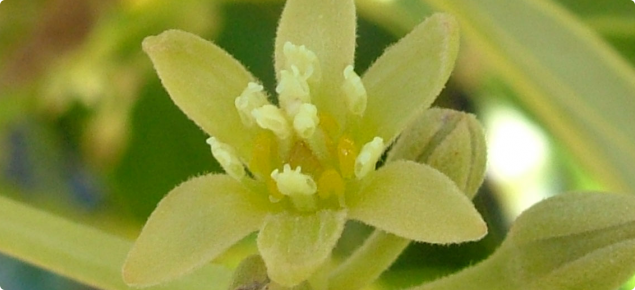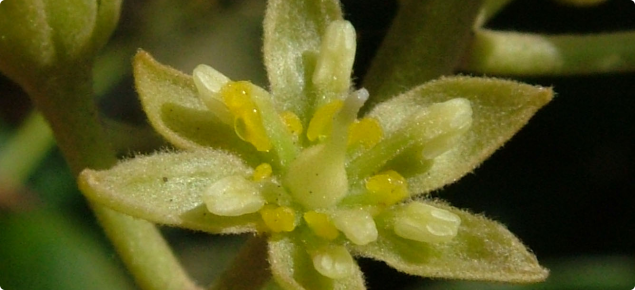Avocado flowering basics
Suggested benefits of cross-pollination for avocados include higher yields and more robust fruit, particularly in years when the climatic conditions are less favourable for good pollination, plus some insurance against the threat of climate change. However, it is not simply a case of choosing a type B flowering variety to place into the Hass orchard (type A flowering variety).
The flowering cycle of the avocado (Persea americana) is well documented, as is the impact of temperature on this cycle (Sedgley and Annells 1981, Sedgley and Grant 1983, Sedgley and Alexander 1983).
In the South-West of Western Australia temperatures during flowering are sub-optimal for true expression of the avocado flowering cycle. Therefore, it is not only essential to ensure that as a minimum, the chosen variety will flower at a complementary time to Hass, but also important to determine that the flowering sequences of the male and female functional stages are indeed complementary under prevailing conditions. It is of commercial interest to predict the likelihood of the chosen type B variety to set reasonable crops.
Flower monitoring
To determine the flowering time of a range of potential cross-polliniser varieties, growers were contacted to identify locations with suitable varieties. The South-West is almost an exclusive Hass growing region and as type B flowering varieties are not noted for setting high yields in cool climates, there were limited varieties and locations to choose from. Table 1 lists the varieties grown at the sites monitored.
At each site, the trees were monitored on a range of dates for the total flowering potential that had opened (0% is no flowers yet opened, 50% is half the flowers opened and half yet to open and 100% is all flowers opened — flowering is finished). At the same time, the varieties were occasionally observed at varying times during the day to monitor the actual flowering stage (active female or male) and weather conditions.
| Location | Variety |
|---|---|
| Margaret River (1 site) | Hass |
| Bacon | |
| Edranol | |
| Ettinger | |
| Fuerte | |
| Sharwil | |
| Shepard | |
| Pinkerton | |
| Wurtz | |
| Manjimup (2 sites) | Hass |
| Fuerte | |
| Zutano | |
| Reed | |
| Pemberton (2 sites) | Hass |
| Ettinger |


